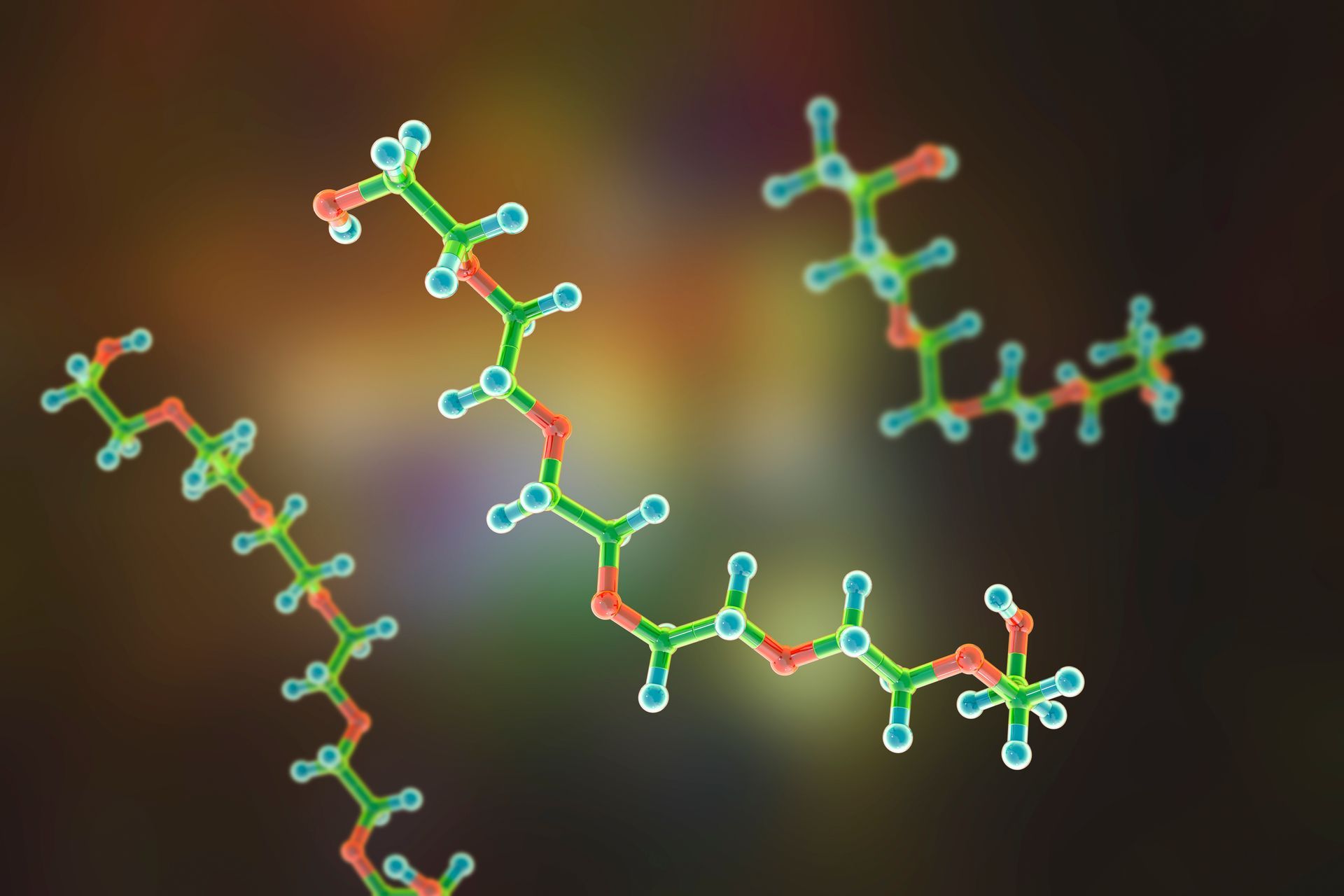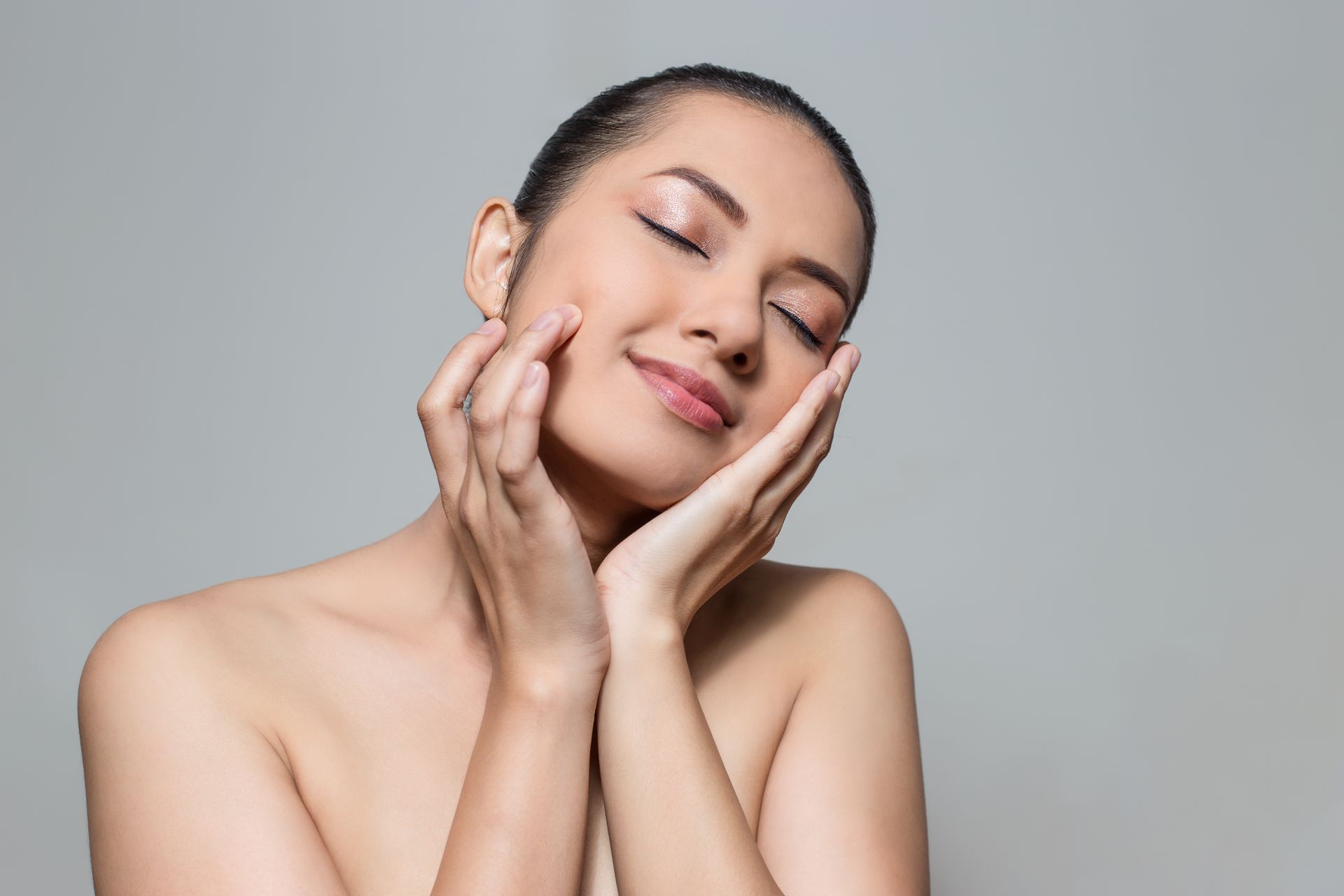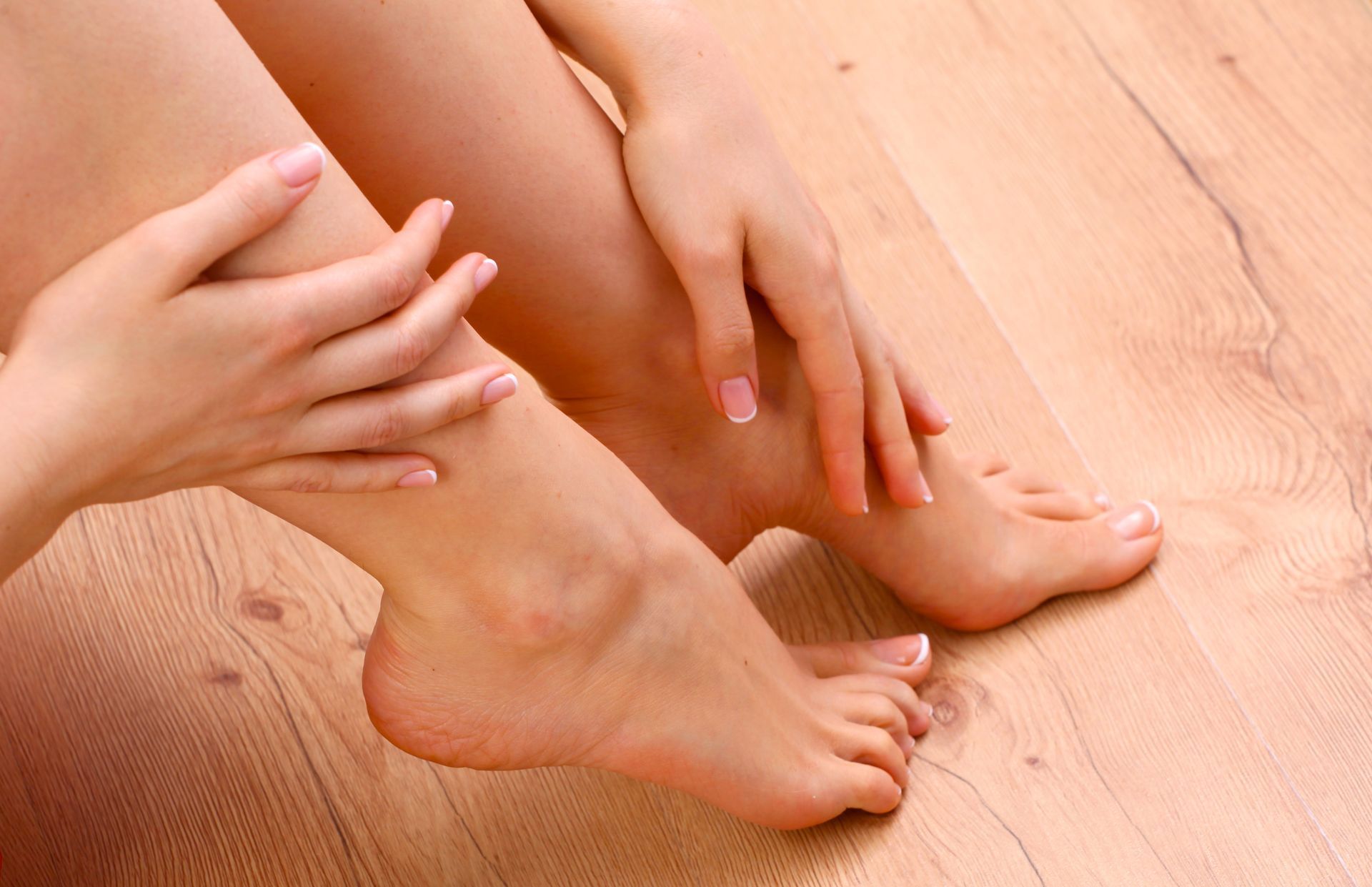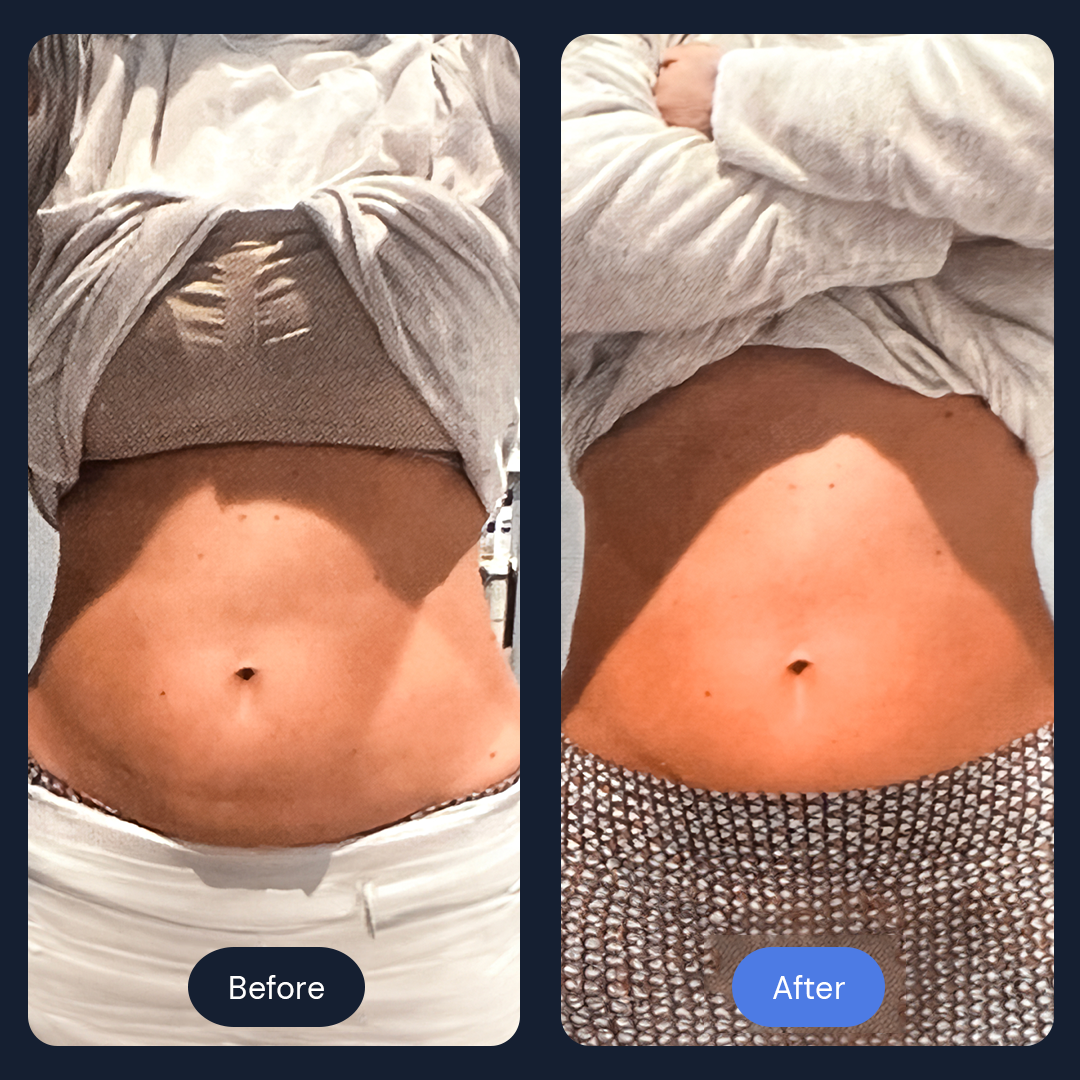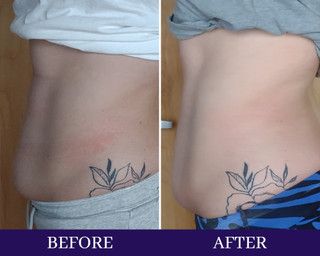Anti-Aging Secrets from Facial Professionals
June 3, 2019
It is fact that many people do not know their skin type and are in fact using the wrong products for their skin type daily.

The Hollywood's A-list treatment rooms shared the following secrets to the glowing skins of the actresses and models that grace movie screens and red carpet shows.
Know Yourself
It is fact that many people do not know their skin type and are in fact using the wrong products for their skin type daily. Knowing your skin type is the first step towards getting that glowing skin. The only sure way to find out your skin type is to visit a professional skin care consultant for assessment of your skin. A treatment plan can then be crafted from these findings.
Exfoliate with care
It is the most effective way of removing dead skin cells and open pores on your face. However, you should always choose the fine granular scrubs. Anything else too rough like scrubs made of salt or crushed shells may damage your skin and should be avoided. The benefits of exfoliation are many and should not be rendered useless by the choice of an inappropriate scrub for the process.
Hot Showers
If you love very hot showers then you will need to watch that. Hot water dehydrates your skin and may cause capillaries to break. Use lukewarm water to gently cleanse and open pores and do not forget to finish with a cold rinse to tighten the pores.
Look out for Silicone
Before you use any skin care product on your skin always ensure that you know the ingredients contained in it. If you see any product ingredient that ends in con put it down and move on. It means that it is made of silicone which when used may clog your skin pores and as a result make your skin bumpy.
Keep Your Mobile Phone Clean
Your phone carries loads of dirt every day. The germs get transferred to your face every time you are in contact with your face. You are advised to clean your phone and eyeglasses even up to twice a day. The practice is as important as cleansing your face.
Sleep Tight and Clean
Removed makeup? Check. Washed your face and put on a night moisturizer? Check. You are ready to go to bed now, but wait when did you last change your pillow cases? A clean face may be ruined by dirty pillow cases and bed sheets. Keeping your bed linen clean can make a big difference since sleeping on dirty pillows and bed sheets will give you recurrent acne breakouts.
Tone up
Water and exfoliation are good but they can have an effect on your skin's PH balance. The use of a toner will help to restore the PH of your skin into the required balance. Toning up also will enable you to erase every trace of makeup that might have remained on your face after washing your face.
Patience Pays
Finally, practice patience. Great skin does not happen overnight. Persistent use of a product coupled with the right daily practices will take are needed for your skin cells to eventually turn over naturally, this might not be easy to do for some people and will end up wondering why they are not seeing results.
Conclusion
The skin care golden rules shared in this article give the basic practices that will give your skin a new life. Everyone should have a skin care licensed professional to consult and get the perfect guide to skin care practices. Schedule a visit to Beauty Bar Med Spa where Amanda with her experience and excellent knowledge of skin care will guide you on the best procedures and services that will keep your skin looking younger and radiant always.


